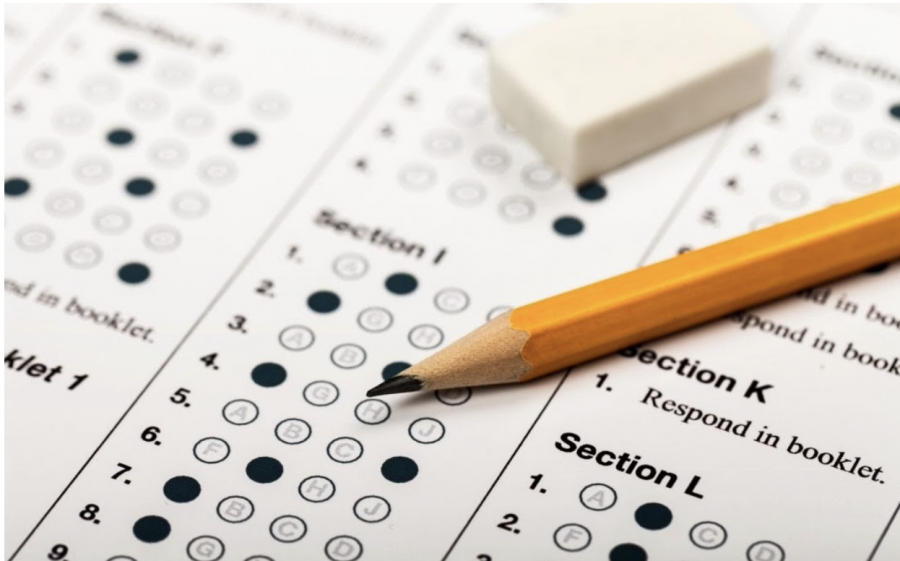Everything Students Need to Know About the PSAT
October 18, 2021
It is that time of year again, when juniors all across the country sit down to take the PSAT. Despite the constant discussion of this exam, there are still many questions people have regarding it. How is the PSAT any different from the SAT, why is it also called the NMSQT, and what are the best strategies in order to succeed on the exam?
Also known as the Preliminary SAT, the PSAT is essentially a practice SAT students take in order to gain experience with standardized testing. Although it is most common for juniors to take it during the fall of their first semester, there are options for grades 8 through 10 to take a modified version of the exam as well. For students in grades 8 and 9, there is the option of taking the PSAT 8/9; and the PSAT 10 is available for sophomores. Compared to the SAT, the scoring system is slightly different for the PSAT. Instead of being out of a score of 1600, like the SAT, the PSAT is out of a total score of 1520. Additionally, the PSAT has fewer total questions and is moderately easier in comparison to the SAT.
In addition to being a practice SAT, the PSAT, otherwise known as the NMSQT, has another purpose. The Nation Merit Scholarship Qualifying Test is the same exam as the PSAT. The score received on the test determines if you qualify for a spot in the competition. Those who successfully make it through the competition are awarded with a National Merit Scholarship for which they are granted $2,500. The award is also very notable on college applications and gives students a leg up in the admissions process.
Although the PSAT is a practice exam, if students are attempting to receive a National Merit Scholarship or want an upper hand when the SAT rolls around, they may want to study in advance for the exam. This is because the score you receive on the PSAT gives an idea of what score you may receive on the SAT if one were to take it the same day. Therefore, if someone wants to receive the best score possible, it is highly recommended to study in advance. The first way in which one can prepare themselves for the exam is to gain an understanding of the format of the exam. There are four sections on the PSAT: reading, writing and language, math no calculator and math calculator. All of these sections have a different number of questions and various time limits. They also cover an array of topics and skills within each section. Once one is familiarized with the overall outline of the exam, the next step is to take full-length practice PSAT tests. This will give a general understanding of what types of questions will appear on the exam, and how quickly students must answer them in order to finish on time. Once one has done this, the last step is to go back and analyze one’s performance. It is important to look at the wrong questions and educate one’s self on how to correctly answer them. Additionally, it is also a good idea to look back on the questions answered correctly and reflect on what one did well while answering them. One place where students can find a full-length practice test is on the college board website, this link https://collegereadiness.collegeboard.org/psat-nmsqt-psat-10/practice/full-length-practice-tests directly leads to two full length practice PSAT exams, and two practice PSAT 10 tests. The college board also provides answer explanations to each question and a scoring guide to determine how one would score on the practice exam.
Sources:
https://blog.prepscholar.com/psat-prep-tips
https://theolivebook.com/should-you-study-for-the-psat-test/
































